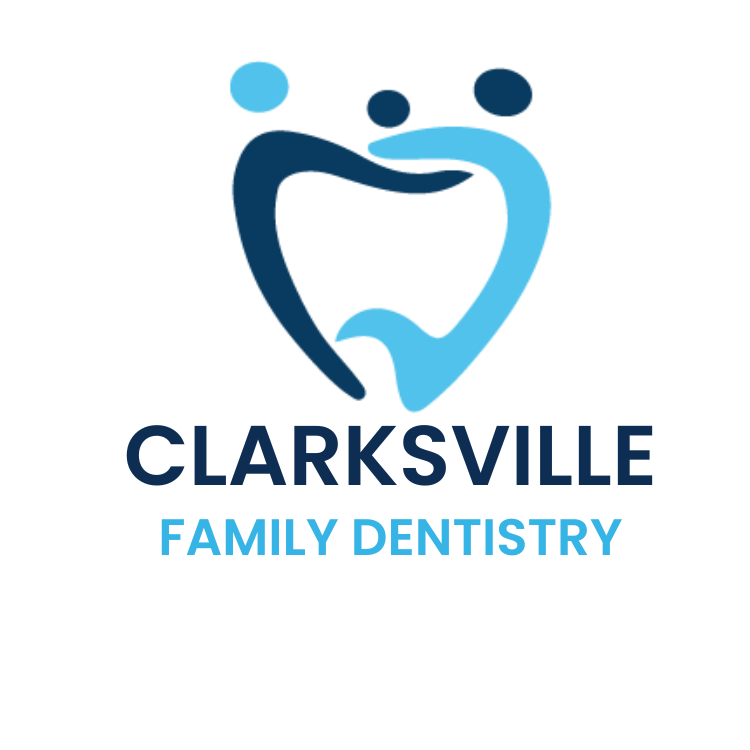
What to Expect If You Need Your Wisdom Teeth Removed
Wisdom teeth, the third set of molars, typically emerge between ages 17 to 25. However, various factors may necessitate their removal, such as impaction, overcrowding, misalignment, or pain. If you’re facing the prospect of wisdom tooth extraction, understanding the procedure’s nuances beforehand can alleviate apprehensions and facilitate a smoother experience. Here’s a comprehensive guide to what you can anticipate before, during, and after the extraction process:
Pre-Surgery Preparations:
Whether your extraction occurs in a dental office or an oral surgeon’s facility, your journey commences with a pre-surgery consultation. During this session, your surgeon will:
- Review your medical history and current medications.
- Discuss the surgical procedure and anesthesia options.
- Address any queries or concerns you may have.
- Provide pre-operative instructions to optimize readiness.
Additionally, logistical arrangements, such as securing transportation to and from the appointment and arranging time off from commitments, are essential. Stocking up on soft foods and pain relievers in preparation for the recovery phase is advisable. Abstaining from eating, drinking, or smoking 12 hours pre-surgery is typically recommended.
The Extraction Process:
On the day of the procedure, your dentist or oral surgeon will administer appropriate anesthesia to ensure comfort throughout. Depending on your needs and preferences, you may receive:
- Local anesthesia to numb the area.
- Oral conscious sedation for relaxation.
- General anesthesia for complex extractions or impacted teeth.
Once anesthetized, the extraction commences. If the wisdom tooth hasn’t erupted, a minor incision may be necessary to access it. The tooth may be sectioned for easier removal, accompanied by sensations of pressure but no pain due to numbing agents. Post-extraction, the site is meticulously cleansed, stitched, and dressed to promote healing and prevent infection. Antibiotics may be prescribed as a precautionary measure.
Recovery Period:
Following the procedure, you’ll transition to a recovery area, where you’ll recuperate until deemed fit to leave. Mild discomfort and swelling are common post-extraction symptoms, typically resolving within three days. Adhering to post-surgery directives is crucial for optimal healing. Key guidelines for the initial days include:
- Resting and avoiding strenuous activities.
- Applying ice packs to minimize swelling.
- Consuming soft, nourishing foods and staying hydrated.
- Following oral hygiene protocols outlined by your dentist.
- Refraining from smoking, drinking through straws, or alcohol consumption.
Promptly notifying your dental provider of any complications or concerns is imperative for timely intervention and resolution.
Conclusion:
Wisdom tooth extraction, while a routine procedure, necessitates careful preparation and adherence to post-operative instructions for a smooth recovery. By collaborating with your dental team and understanding the process, you can navigate the extraction journey with confidence. Consult with your dentist to assess the need for wisdom tooth removal and embark on your path to optimal oral health.
Clarksville Family Dentistry remains committed to providing informative resources to empower individuals on their dental care journey.
